[…]
Modeling Topic: Track Planning
HO scale Sante Fe Hereford Subdivision
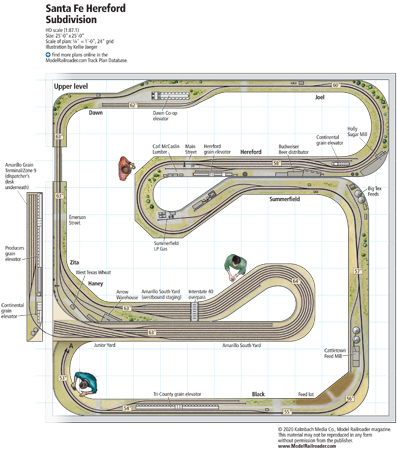
The layout at a glance Name: Santa Fe Hereford Subdivision Layout owner: Sammy Carlile Scale: HO (1:87.1) Size: 25 x 25 feet Prototype: Atchison, Topeka & Santa Fe Ry. Locale: between Amarillo, Texas, and Clovis, N.M. Era: summer 1995 Style: multilevel walk-in Mainline run: 225 feet Minimum radius: 30″ Minimum turnout: no. 6 Maximum grade: […]
MRVP Insider: MRVP Underground with David Popp, Episode 23 — Planning ahead
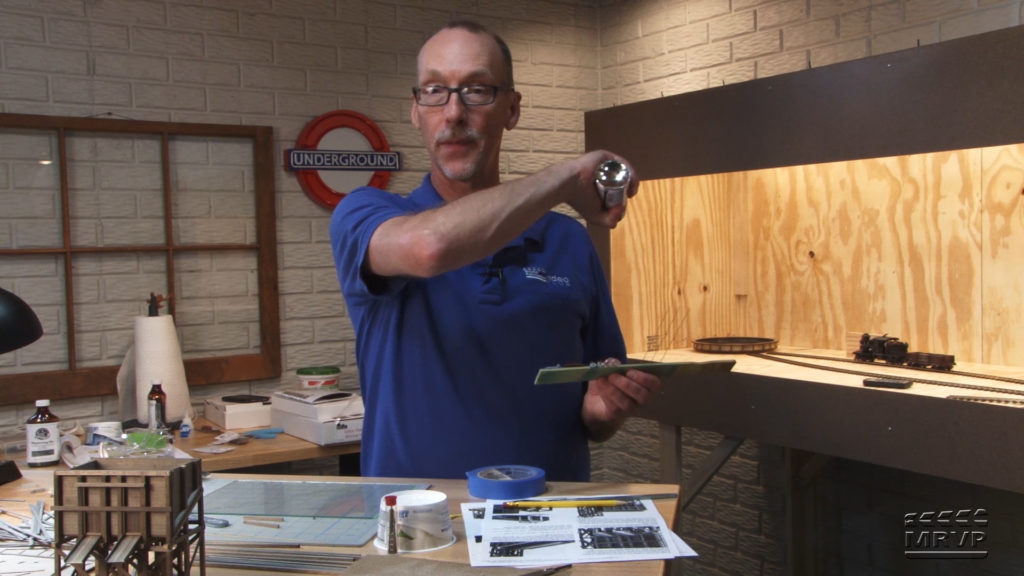
David has his hands full with projects cooking on his workbench and the Sand Creek On30 layout extension, referenced in MRVP’s special issue Model Railroading: The Ultimate Guide 2020 (KalmbachHobbyStore.com). Follow along as he gets down to the details on his sand loader structure and the new track configuration. […]
On30 Marshfield & Old Colony
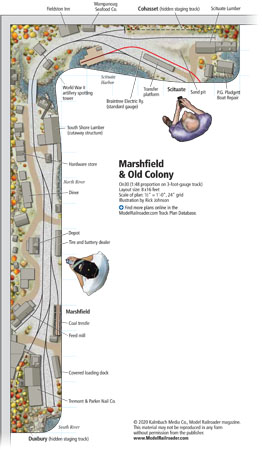
The layout at a glance Name: Marshfield & Old Colony Layout owner: Michael Tylick Scale: On30 (1:48 proportion on 30″ gauge track) Size: 8 x 16 feet Prototype: freelanced Locale: Southeastern Massachusetts and Rhode Island Era: 1920s and 1930s Mainline run: 25 feet Minimum radius: 18″ Minimum turnout: handlaid, approximately no. 4 Maximum grade: 2 […]
HO scale Toledo, Walhonding Valley & Ohio
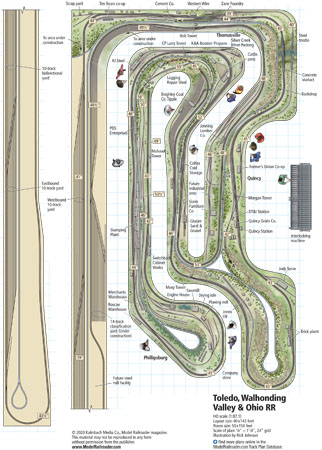
The layout at a glance Name: Toledo, Walhonding Valley & Ohio Layout owner: Associated Model Railroad Engineers of Coshocton Scale: HO (1:87.1) Size: 40 x 143 feet (layout), 50 x 150 feet (room) Theme: freelanced Locale: southeastern Ohio Era: not specific Style: walk in Mainline run: approximately 967 feet Minimum radius: 42″ (main line) Minimum […]
Ask MRVP: Episode 51
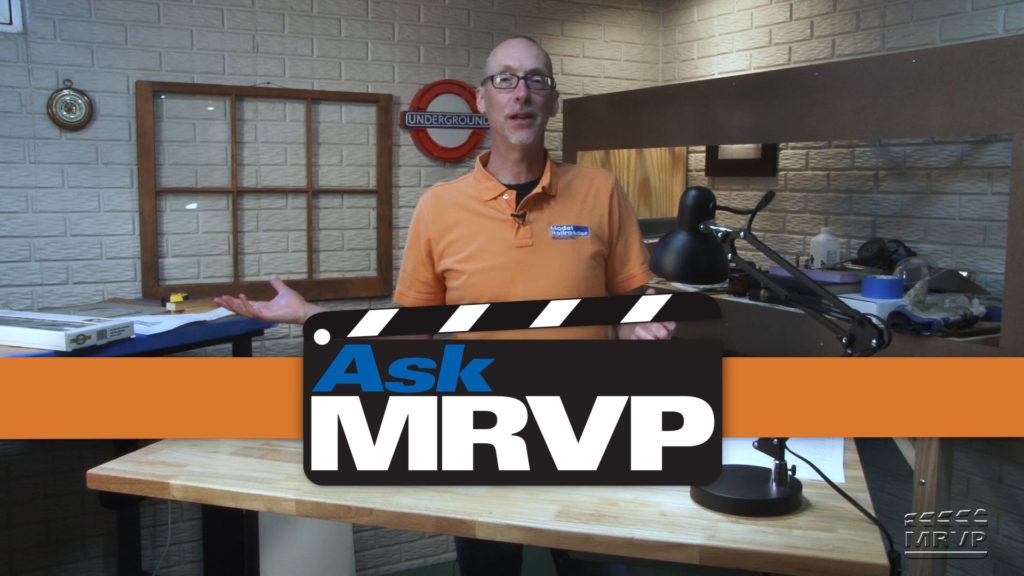
In this episode of Ask MRVP, host David Popp addresses your hobby-related questions from his safe-at-home, MRVP Underground studio. This time he covers adhesives, track planning, turnouts, couplers, and more. Be sure to leave YOUR questions in the comments section below! […]
Ask MRVP: Episode 51

In this episode of Ask MRVP, host David Popp addresses your hobby-related questions from his safe-at-home, MRVP Underground studio. This time he covers adhesives, track planning, turnouts, couplers, and more. Be sure to leave YOUR questions in the comments section below! […]
The Hills Line with James McNab: The magic of mockups, Episode 2
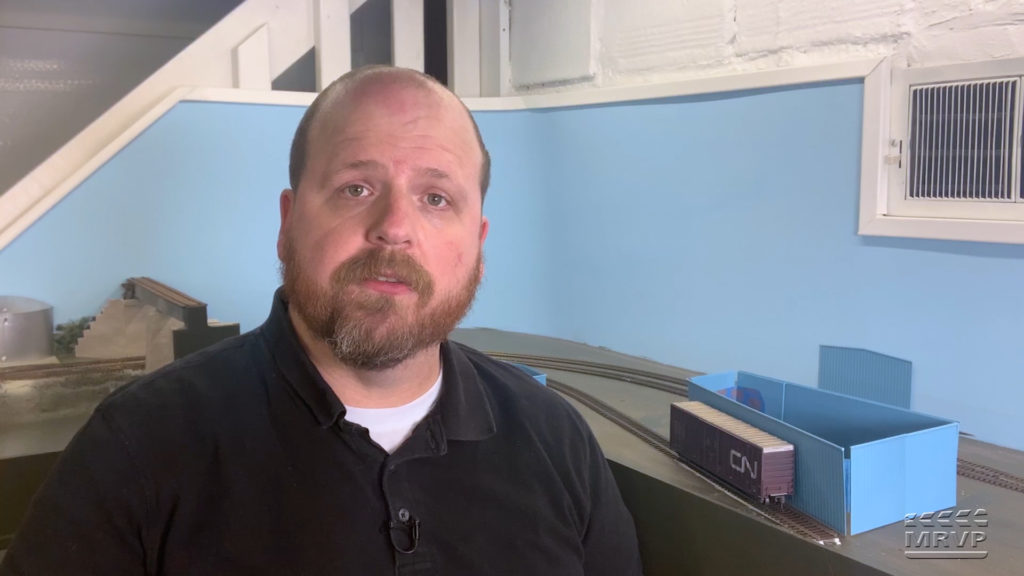
Contributing Editor James McNab launches into his new, Hills Line HO scale layout development. In this episode, he focuses on establishing a practical footprint for the various rail-served complexes and industries that help keep the wheels of commerce (and railroad operation) turning. Don’t miss James’ take on making short-term structures with a purpose! […]
The Hills Line with James McNab: The magic of mockups, Episode 2

Contributing Editor James McNab launches into his new, Hills Line HO scale layout development. In this episode, he focuses on establishing a practical footprint for the various rail-served complexes and industries that help keep the wheels of commerce (and railroad operation) turning. Don’t miss James’ take on making short-term structures with a purpose! […]
Modeling the mighty Pennsy in a small space
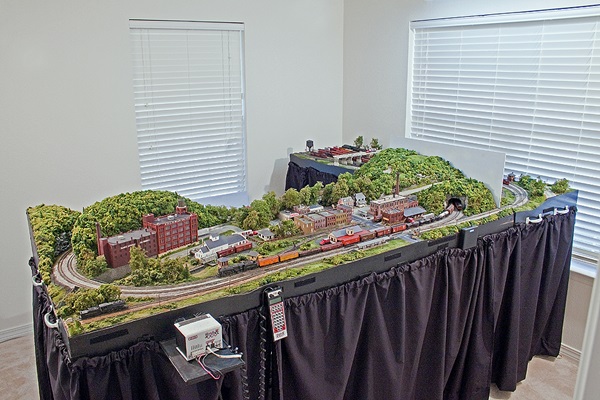
A version of this article appeared in Model Railroader’s special issue from 2018: Build a Small Railroad. Pursuing my hobby concurrently with my military career meant I needed a portable model railroad that could still suggest the scale and intensity of a gigantic prototype in an impossibly small space. I found what I needed in […]
Modeling a narrow gauge railroad in a small space
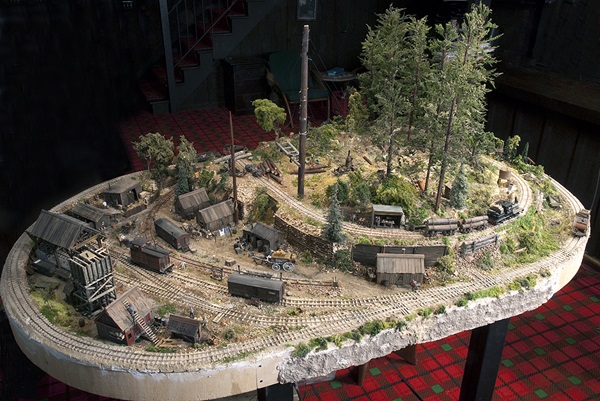
Modeling a narrow gauge railroad in a small space: Modeling a logging camp requires a variety of structures, trackwork, scenery, figures, and activities. The camp includes not only loggers involved in different pursuits, but also woodchoppers, a laundress, checkers players, engineers and mechanics, stable hands and horses, bears, garbage cans, railroad materials, and more, surrounded […]
CSX switching layout in HO scale in 12 square feet
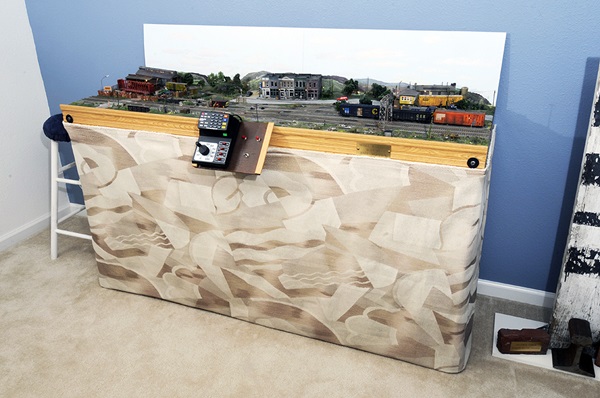
A version of this article appeared in Model Railroader’s special issue from 2018: Build a Small Railroad. In today’s world of trains, big 6-axle locomotives, and flashing red lights replacing cabooses, it’s comforting to know that spotting a single boxcar at a warehouse is still an integral part of railroading. Designing the module As I […]
